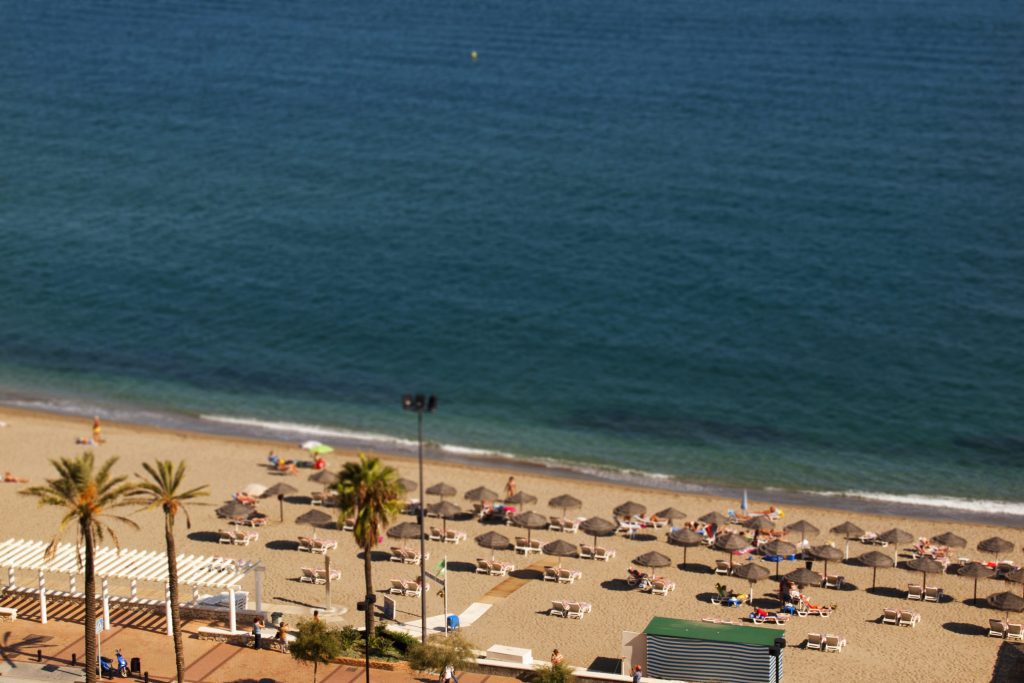Spain Overtakes a Struggling U.S. as World’s Second Favorite Tourist Destination

Skift Take
Despite facing plenty of challenges, Spain saw a healthy growth in international tourists in 2017. But this year is likely to be tougher because of Barcelona's troubles and with places like Turkey regaining some of their popularity.
Spain has jumped above the U.S. to become the second biggest tourist destination, according to new estimated figures.
Despite facing a number of significant challenges in 2017, around 82 million tourists visited the country in 2017.
The preliminary figure, which uses data for the first 11 months of the year and an estimate for December, would likely put it ahead of the U.S. and behind France in terms of overall numbers.
Spain’s position as the official world number two looks almost certain because of the dreadful year the U.S. is having.
France, meanwhile, expects a year-on-year improvement. Jean-Yves Le Drian, Minister for Europe and Foreign Affairs
